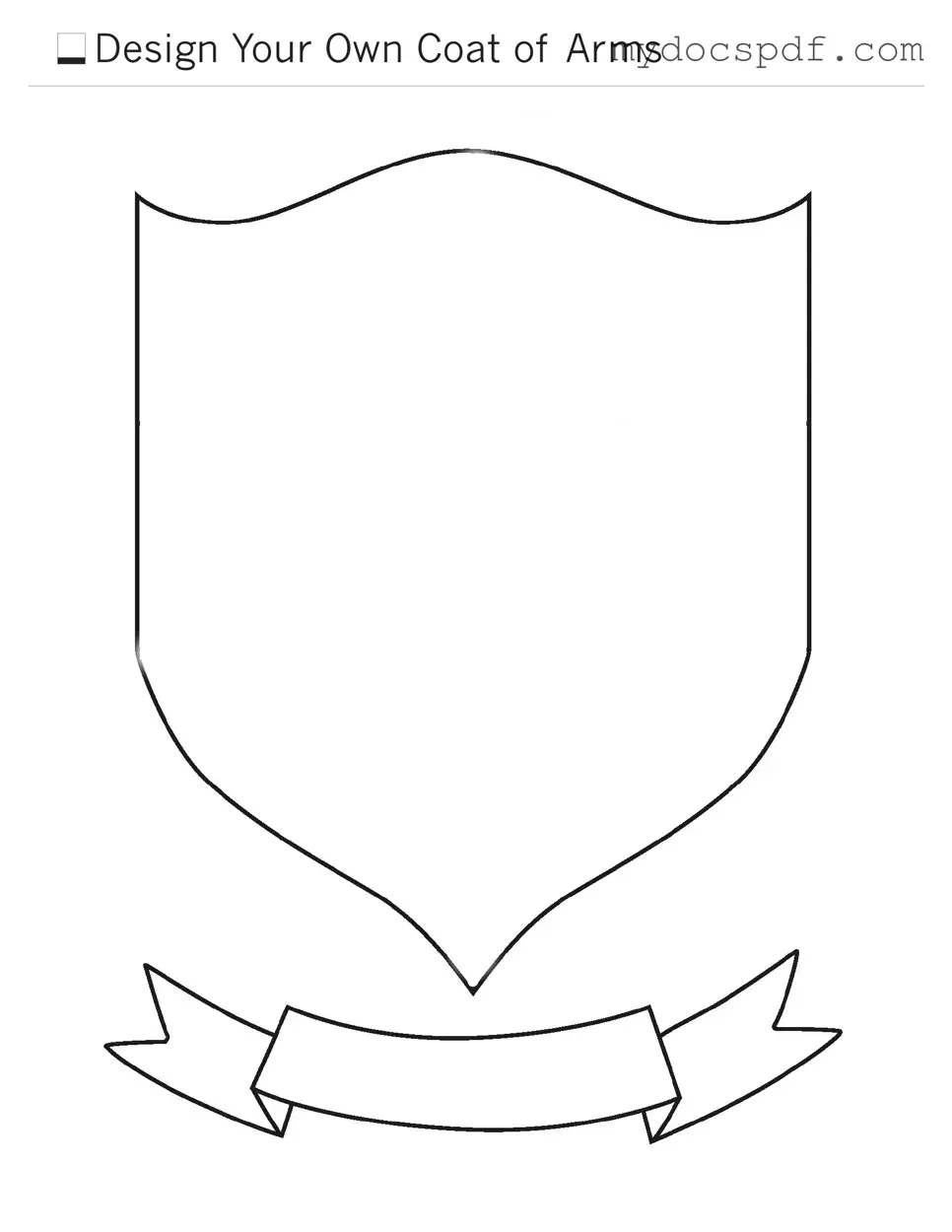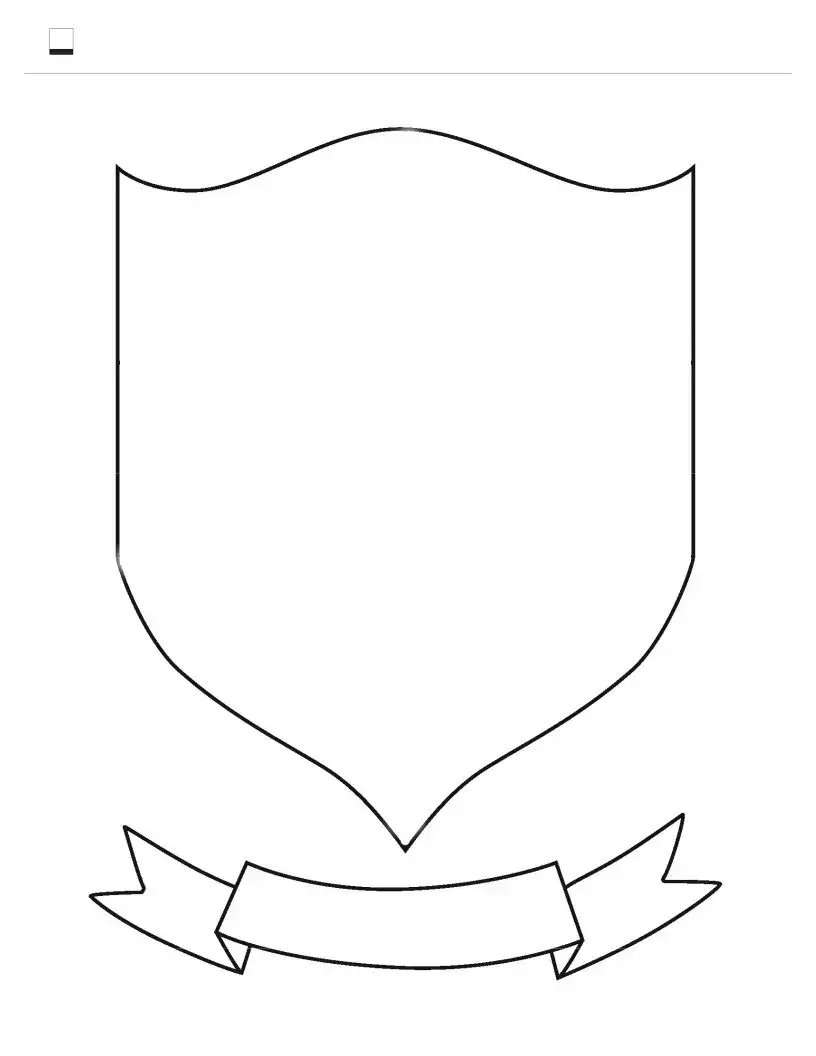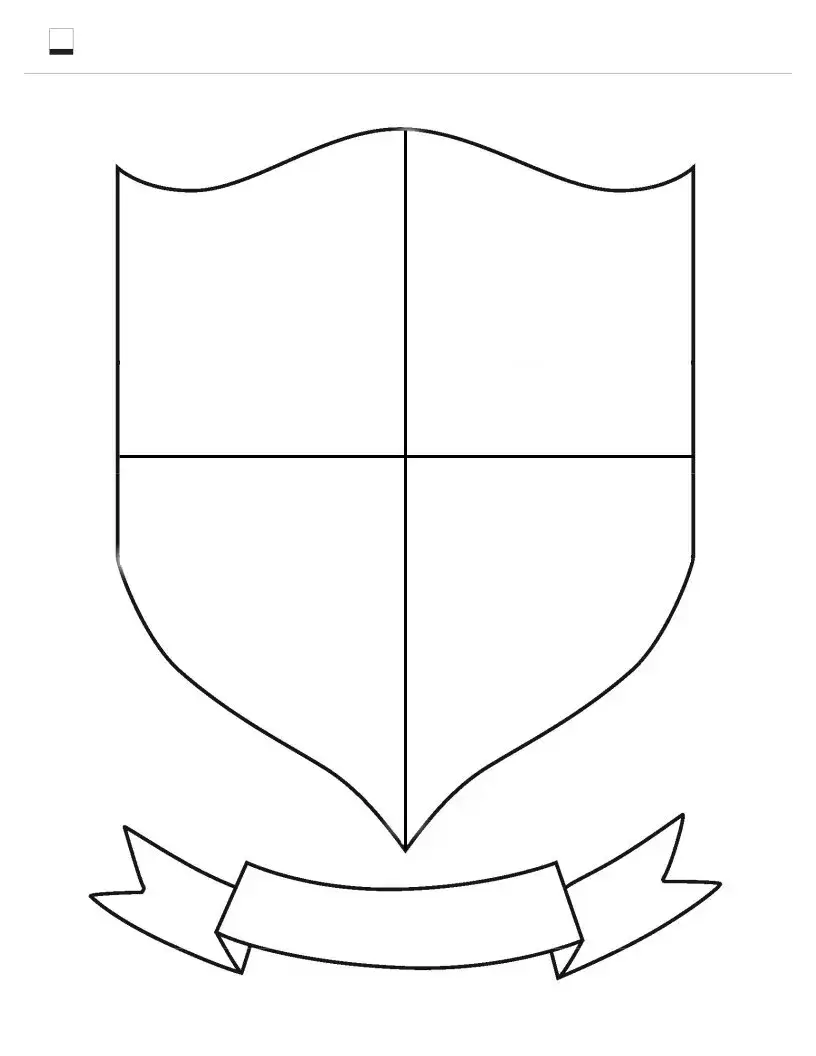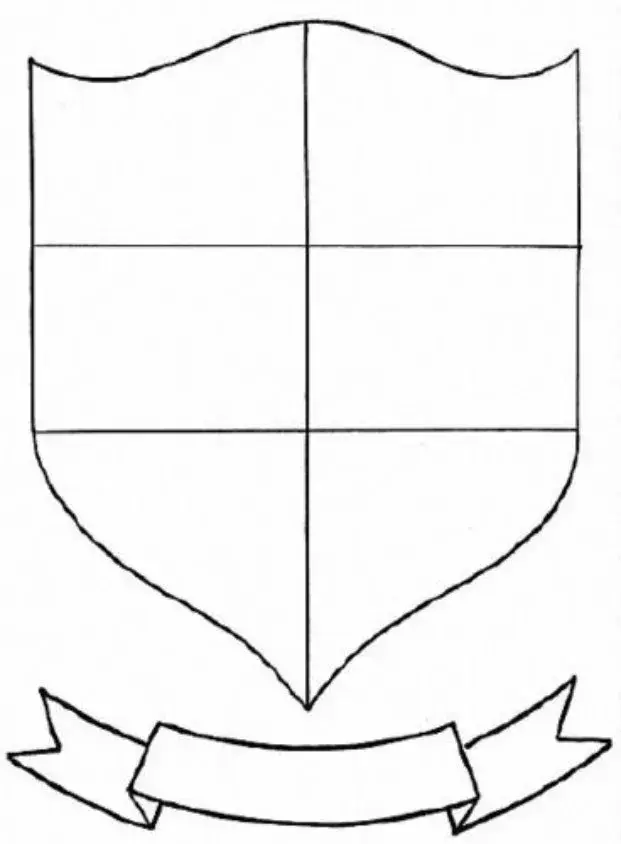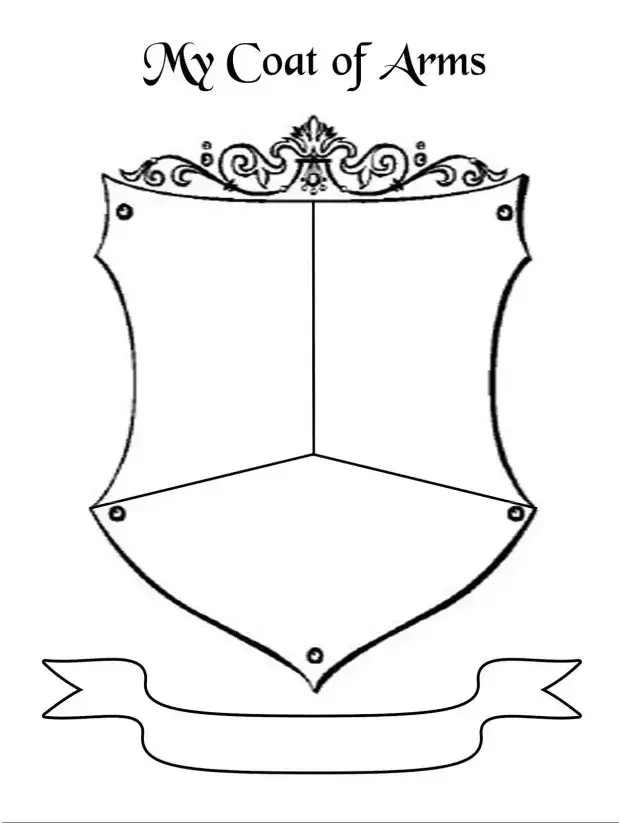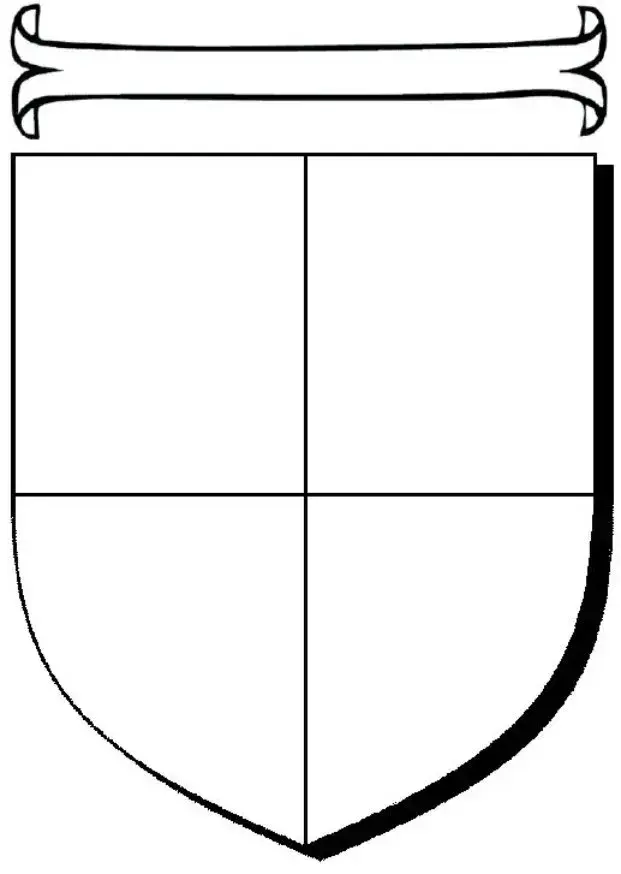Get Coat Of Arms Form in PDF
The Coat Of Arms form is a document used to request a representation of an individual's or organization's heraldic emblem. This form facilitates the process of creating and registering a coat of arms, which serves as a symbol of identity and heritage. Understanding its purpose and requirements is essential for those seeking to establish a unique heraldic identity.
Access Editor Here
